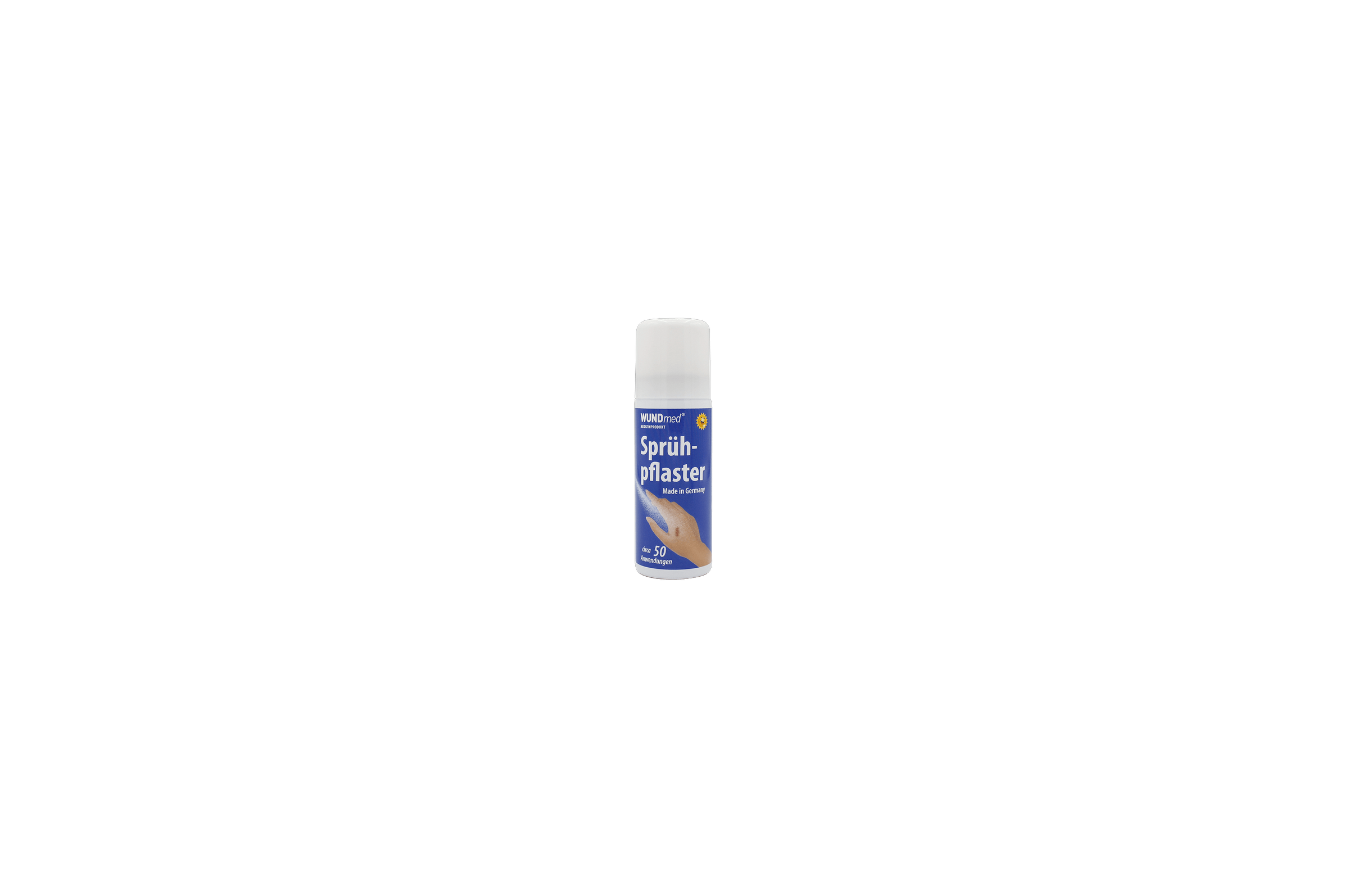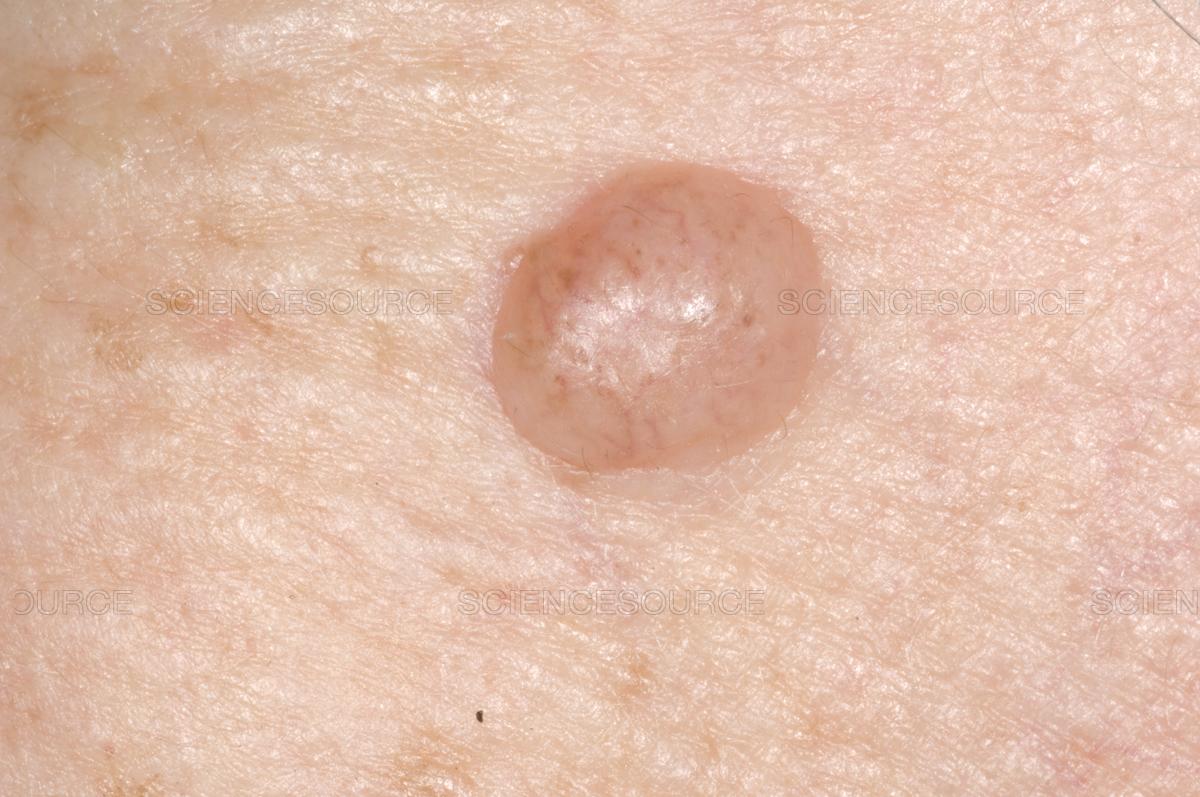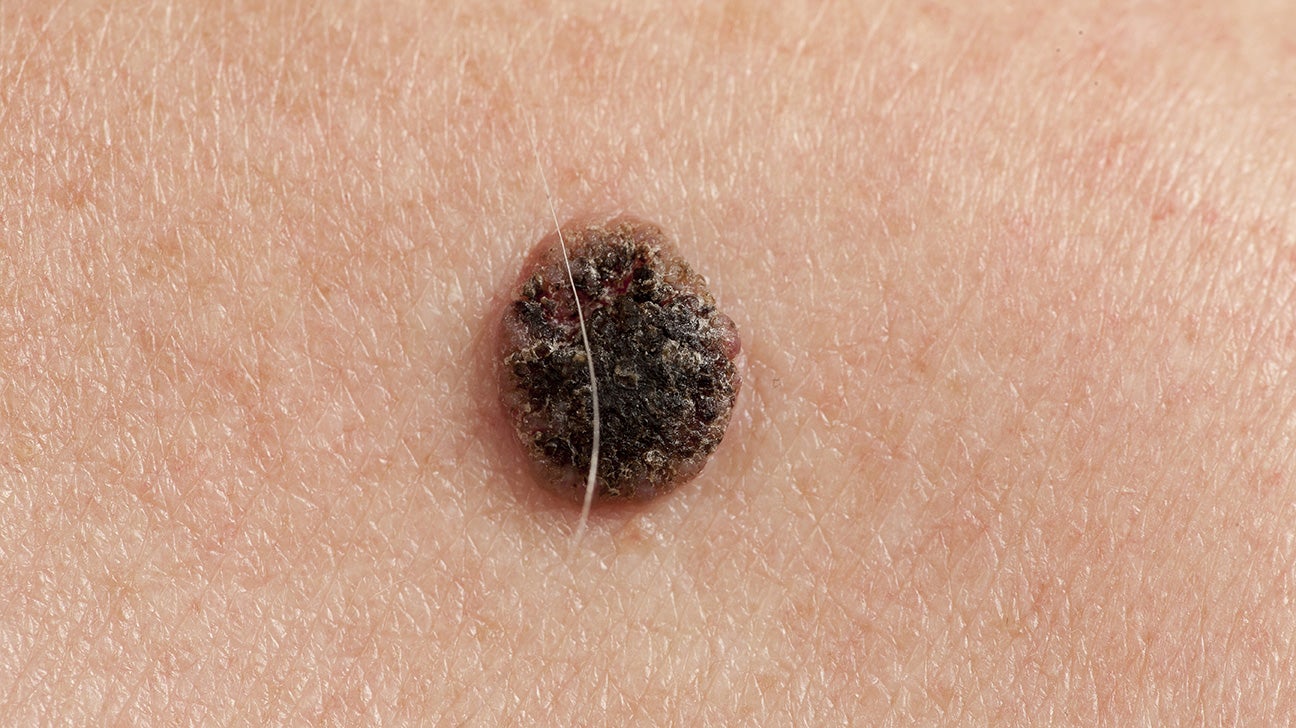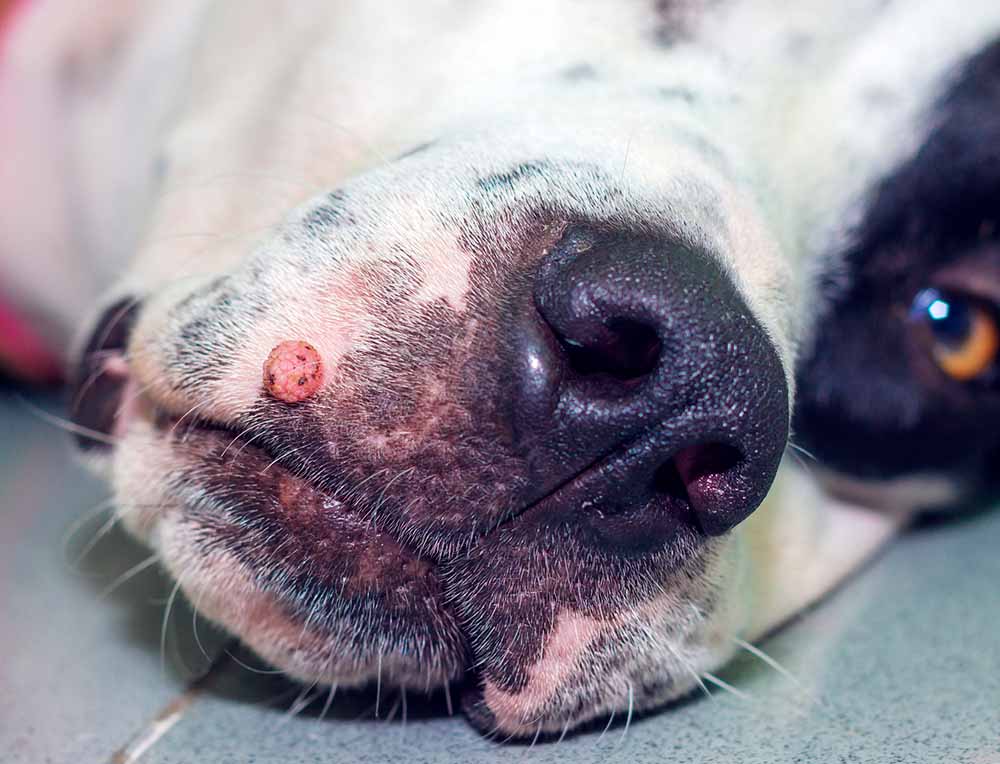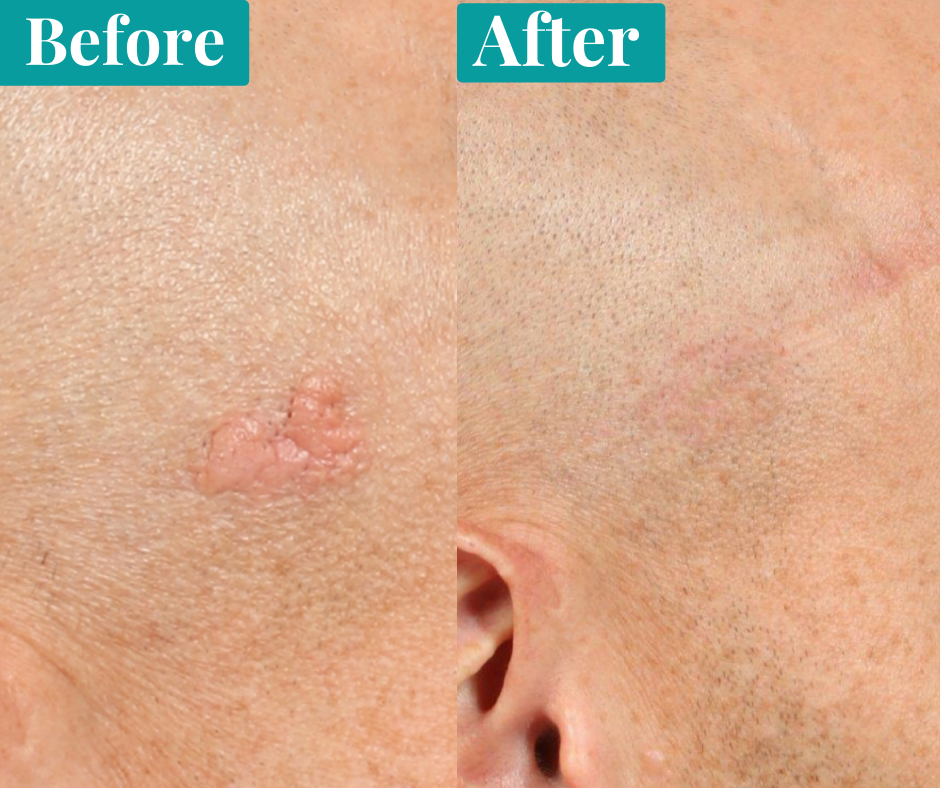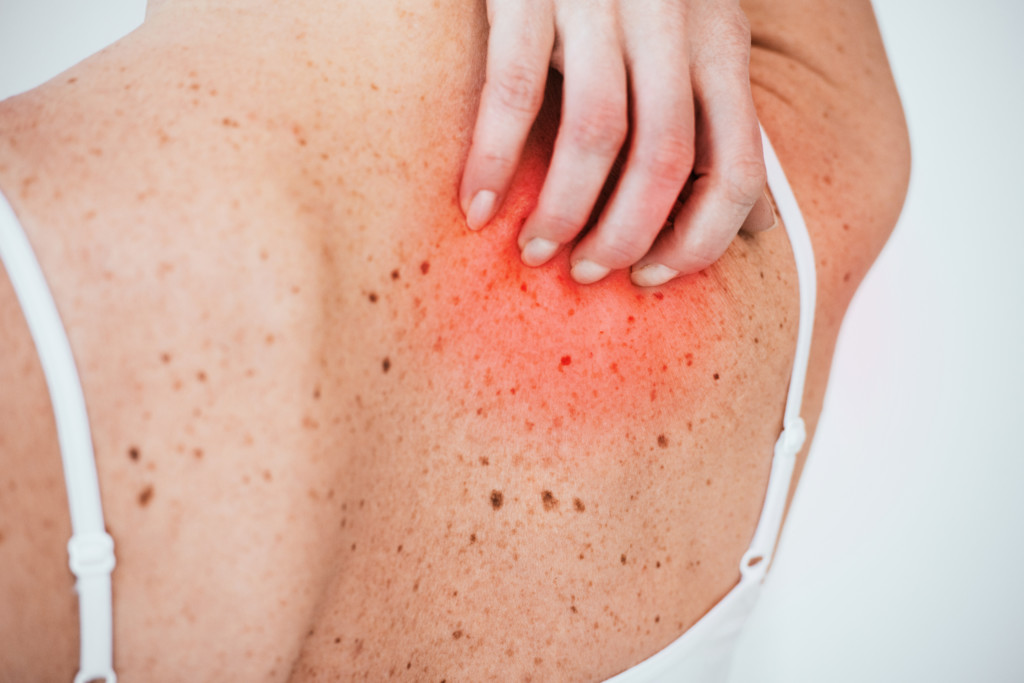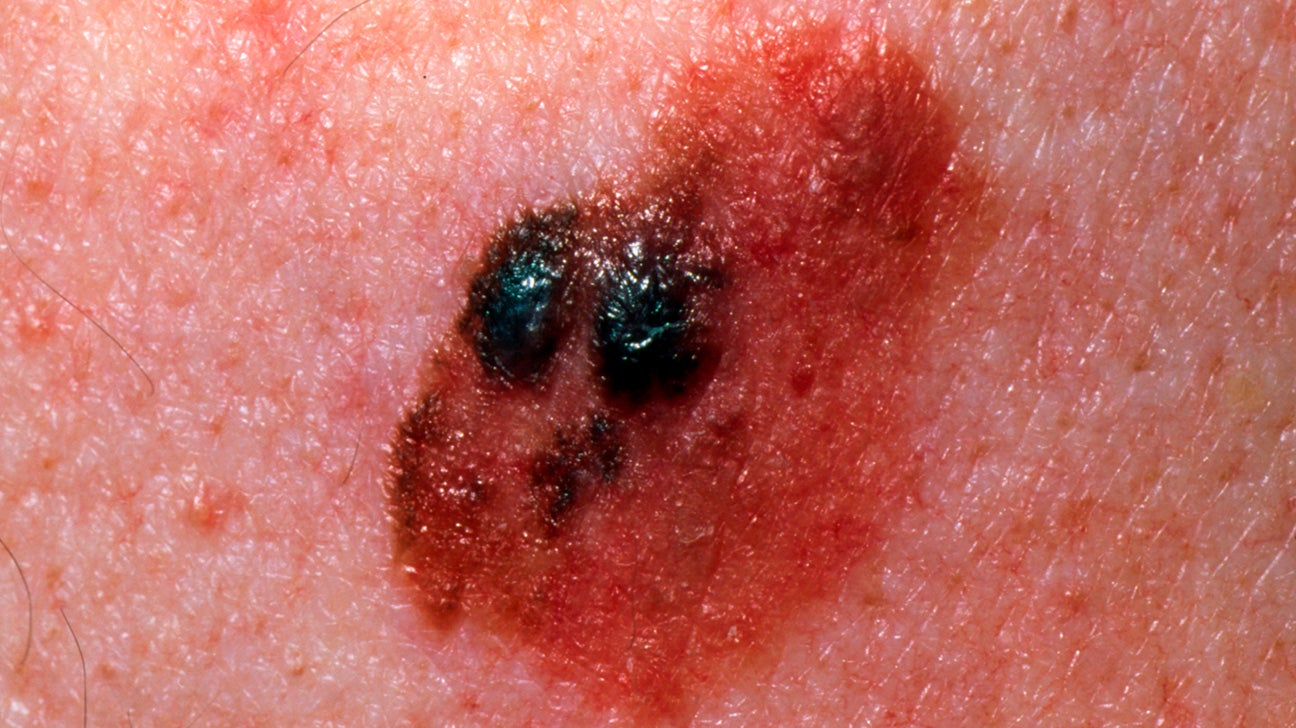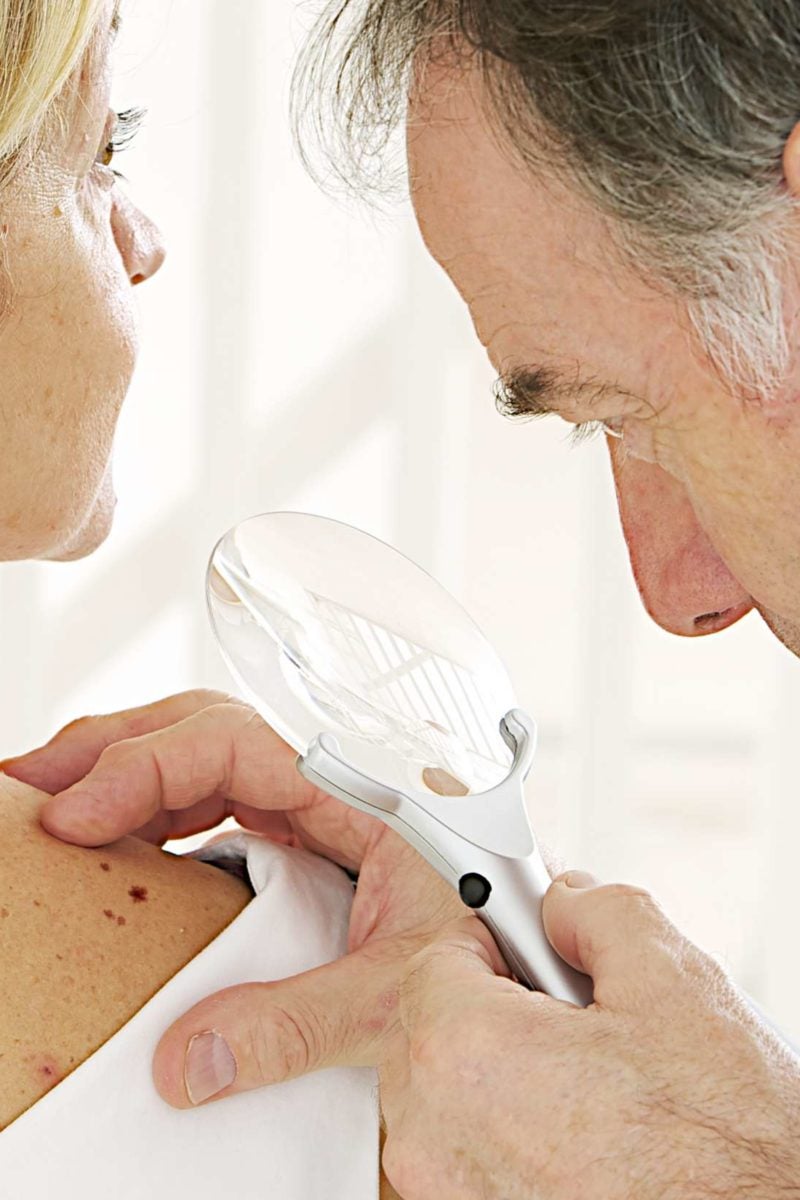Awesome Info About How To Stop Bleeding Mole

If you cut it down the middle and one side looks different from the other, it's asymmetrical.
How to stop bleeding mole. Harmless moles are not usually treated on the nhs. Examine your body in front of a mirror. #1 problem with moles:
See a mole on your skin that is changing, itching, or bleeding? Stopping the bleed. The main treatment for melanoma is surgery to remove the mole.
Firm and continuous pressure on a wound is the best way to stop bleeding. How to stop bleeding from mole removal? Surgical removal involves excising the mole along with a small portion of surrounding tissue.
Remove moles and pigmented lesions for your skin's safety with targeted mole removal. Your essential skin cancer checklist. When you notice changes to any moles on your body, the best thing you can do is see a healthcare provider.
Why is skin cancer on the rise among older adults? If you notice any changes in shape, size or color of a mole, or new mole growth, show it to your health care provider. Then, using forceps to grasp the segment, they lift the mole.
Ask someone to look at your back. This method is particularly suitable for larger or potentially malignant. Rinse the cut with water.
If you notice any changes in shape, size or color of a mole, or a new mole with rapid. Your doctor may take a biopsy of the mole, removing a small sample of the tissue to send to a lab for testing, or he or she may opt to simply remove the entire mole. While most moles are harmless, you shouldn’t ignore yours.
Applying pressure to the wound is the best way to stop it bleeding. Injuries and certain medical conditions can result in bleeding. In a normal mole, the border should be smooth.
Dermatologists recommend the following to their patients: Stopping minor bleeding from small cuts. Don’t just assume the mole is irritated and try to manage it yourself.
This can trigger anxiety and fear, but bleeding has a healing purpose. If you see bleeding or a change in the appearance of a mole, it’s important to see your doctor. If it looks suspicious, your health care.

